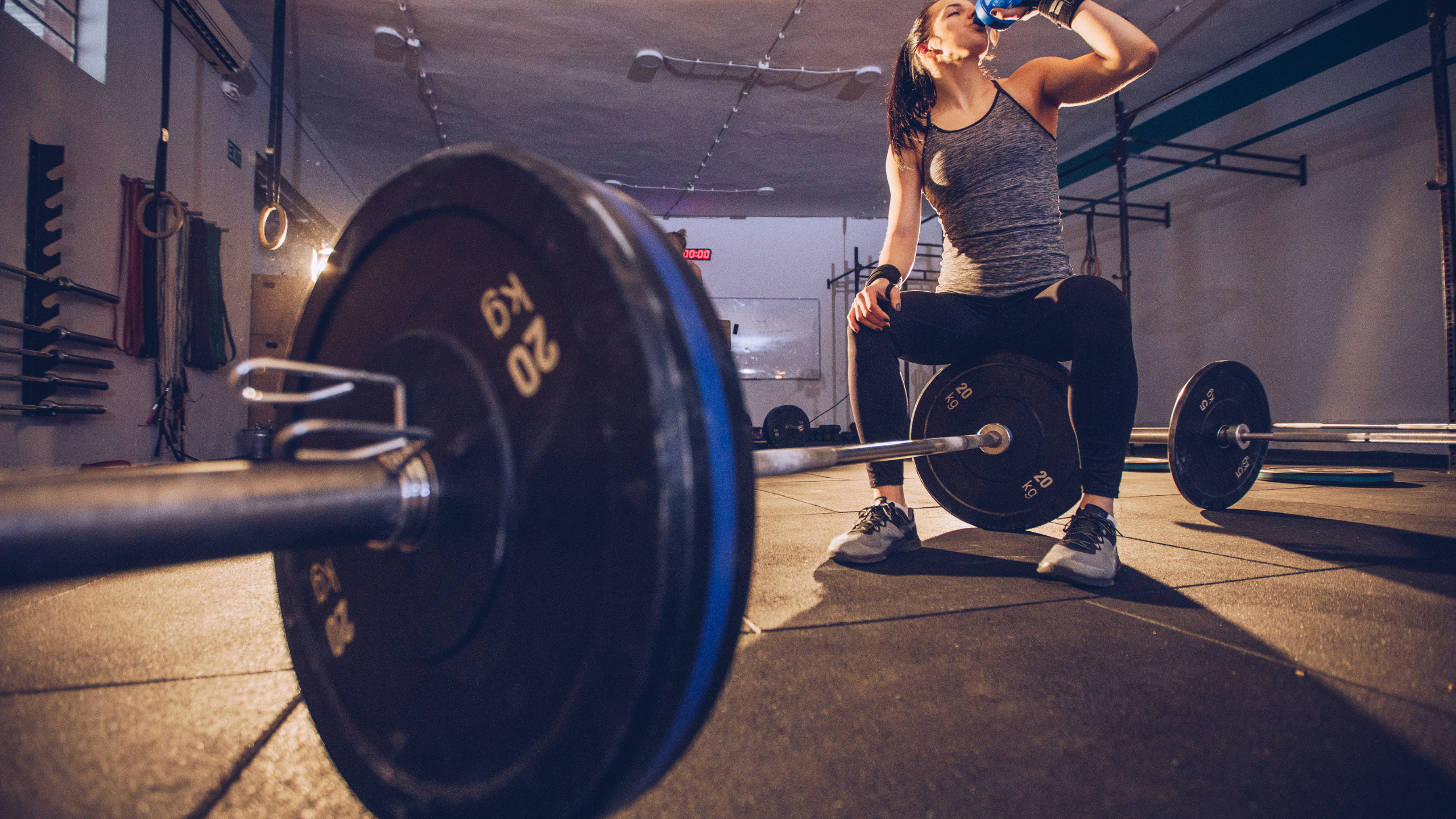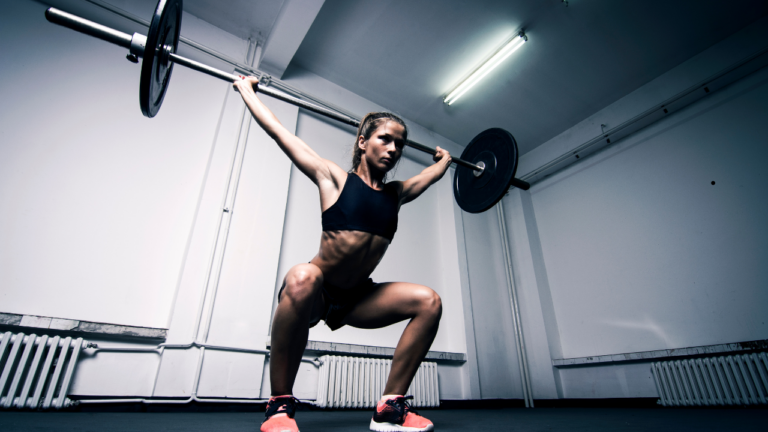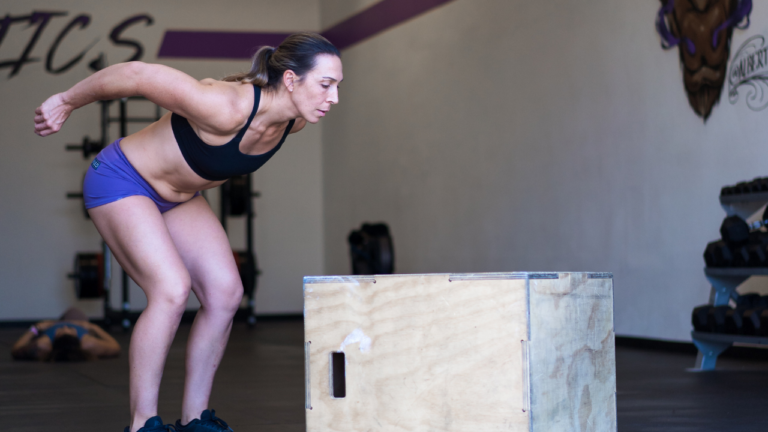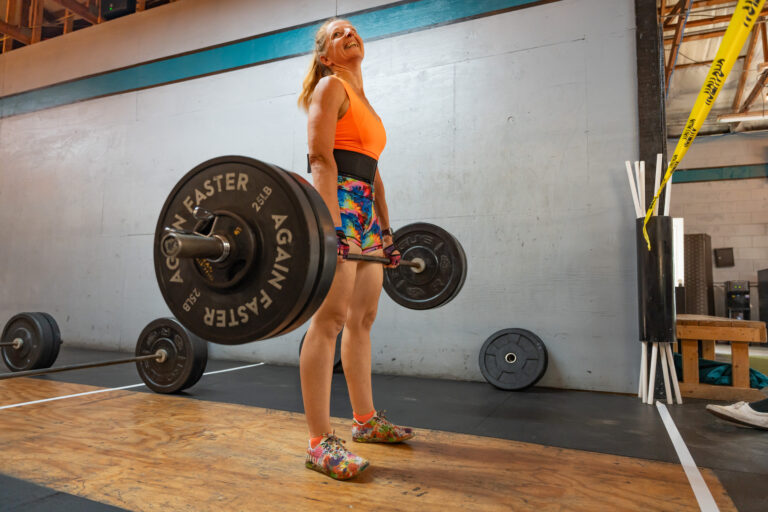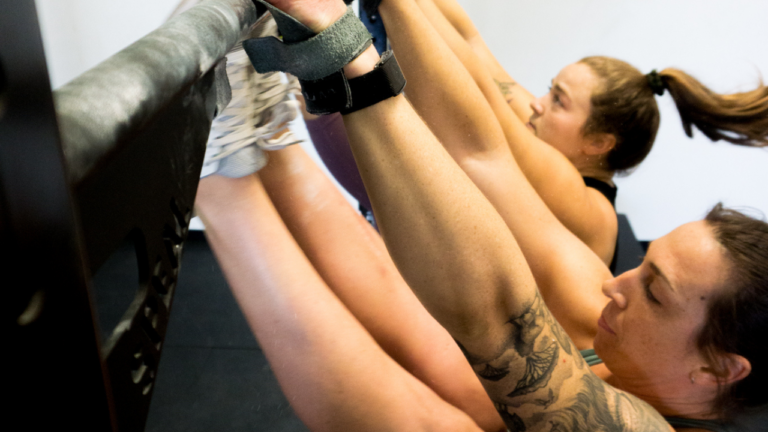Strengthening the Core: A Crossfitter’s Guide to Developing a Strong and Stable Pelvic Floor
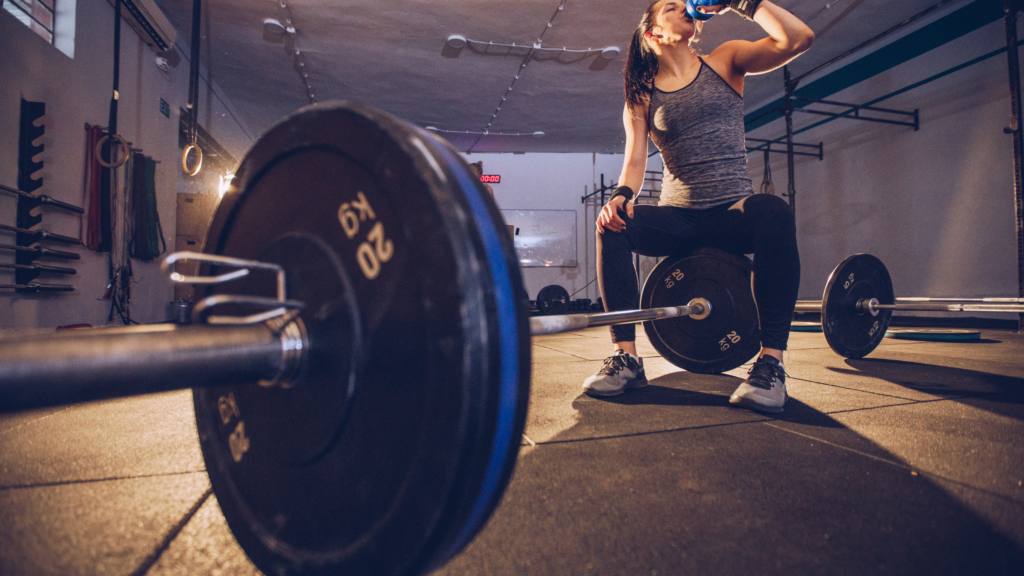
For female Crossfitters, a strong and stable pelvic floor is crucial for performance, stability, and overall well-being.
A well-conditioned pelvic floor not only supports heavy lifting and dynamic movements but also contributes to bladder control and reproductive health.
Here are 9 tips to help female Crossfitters develop a robust and stable pelvic floor for optimal athletic performance.
- Understand Your Pelvic Floor: Before diving into exercises, it’s essential to understand the anatomy and function of the pelvic floor. The pelvic floor is a group of muscles that supports the pelvic organs, including the bladder, uterus, and rectum. Strengthening and relaxing these muscles is vital for overall pelvic health.
- Incorporate Kegel Exercises: Kegel exercises are designed to target and strengthen the pelvic floor muscles. Practice both short contractions (quick squeezes) and long contractions (sustained holds) regularly. Incorporate Kegels connected to your breath into your warm-up or cool-down routine to gradually build strength.
- Focus on Breathing Techniques: Proper breathing techniques play a significant role in pelvic floor health. Learn to engage your diaphragm and practice diaphragmatic breathing. Coordinating your breath with movement during CrossFit exercises helps stabilize the pelvic floor and prevents unnecessary strain.
- Include Compound Movements: Compound movements such as squats, deadlifts, and lunges engage multiple muscle groups, including the pelvic floor. Ensure proper form and breathing during these exercises to avoid undue stress on the pelvic floor and gradually increase weights as your strength improves. Learn how to properly brace as a woman to avoid bearing down, as well as how to connect your breath to the movement pattern.
- Incorporate Stability and Core Exercises: Include stability and core exercises that target the deep muscles supporting the pelvic floor. Planks, deadbugs, bird-dogs, and stability ball exercises help enhance core strength and stability, indirectly benefiting the pelvic floor.
- Mind-Body Connection: Developing a strong and stable pelvic floor involves establishing a strong mind-body connection. Pay attention to how your body feels during different movements and focus on maintaining proper alignment. Mindful movement can help prevent overactivation or tension in the pelvic floor muscles.
- Hydration and Nutrition: Stay adequately hydrated to support the elasticity of connective tissues, including those in the pelvic floor. Include foods rich in collagen, such as bone broth, to promote tissue health. A well-balanced diet supports overall muscle function and recovery.
- Prioritize Rest and Recovery: Allow your body sufficient time for rest and recovery. Overtraining can contribute to muscle tension and fatigue, negatively impacting pelvic floor health. Listen to your body and schedule rest days into your training routine.
- Consult with a Pelvic Health Professional: If you’re unsure about your pelvic floor health or are experiencing issues, consider consulting with a pelvic health physical therapist. They can provide personalized assessments, exercises, and guidance to address specific needs and concerns.
Developing a strong and relaxed pelvic floor is a holistic process that involves targeted exercises, mindful movement, and overall well-being.
As a female Crossfitter, integrating these tips into your training routine will not only enhance your performance but also contribute to long-term pelvic health and overall athletic success.
Remember, a well-conditioned pelvic floor is the foundation for strength, stability, and confidence in your CrossFit journey!
